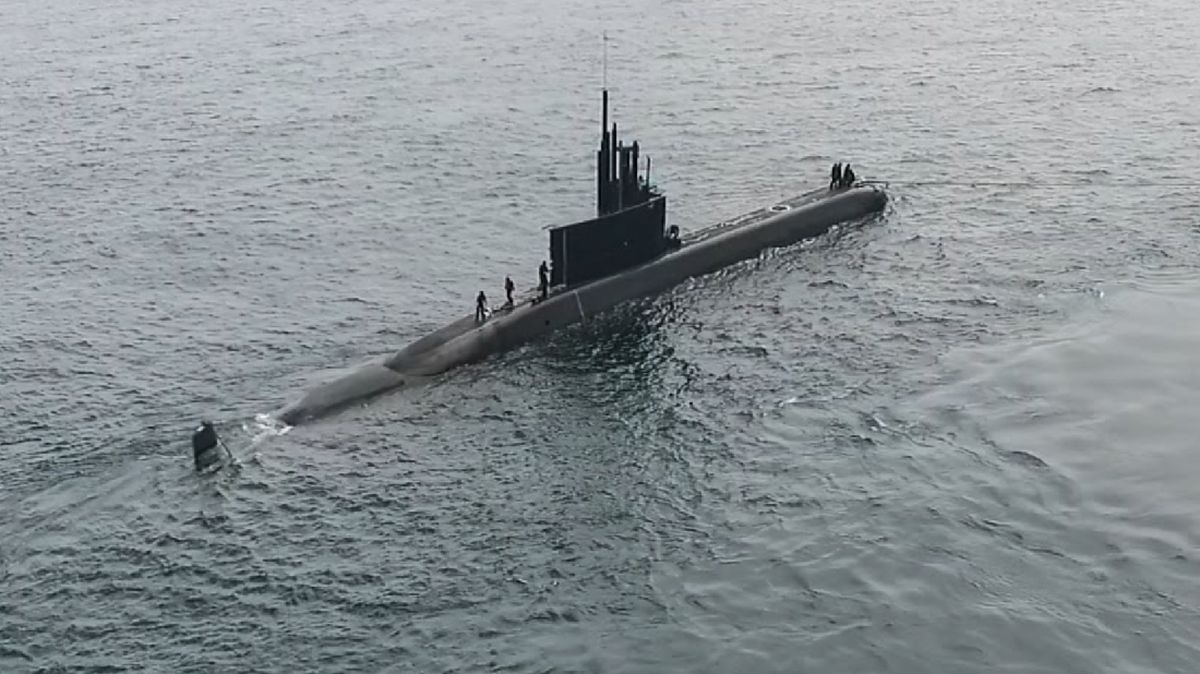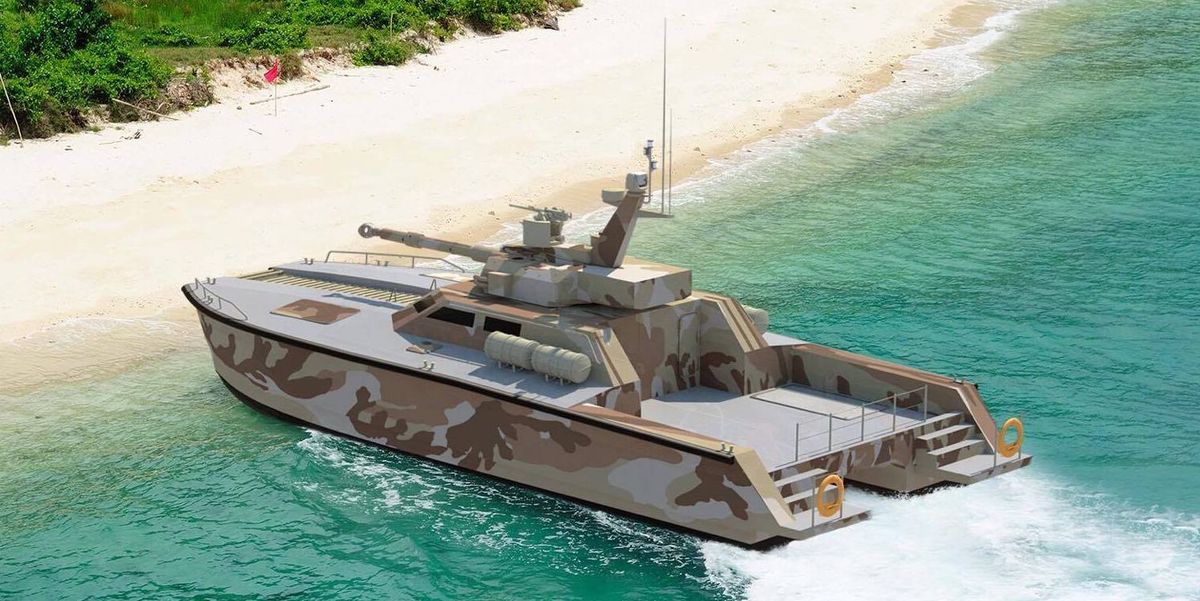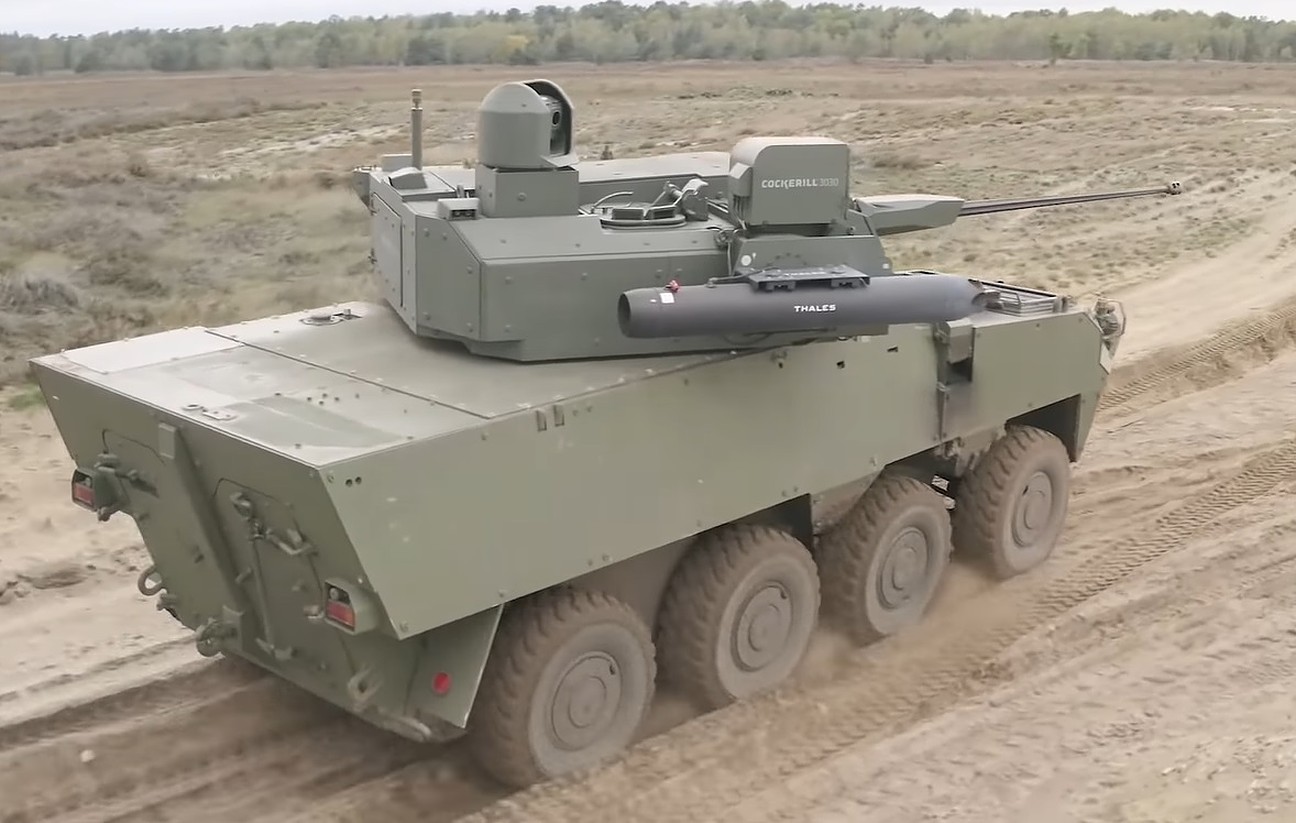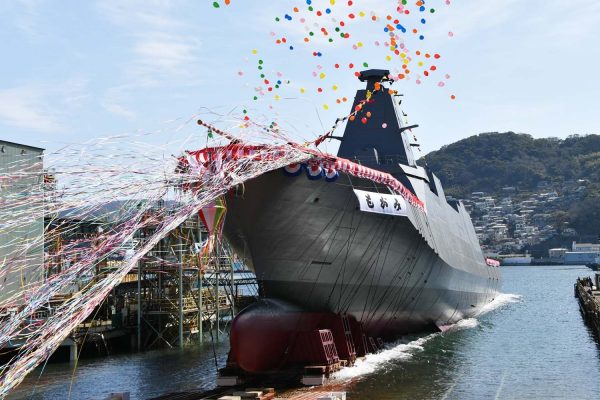That's the main reason behind our 'ngeteng' behavior so far. Remember, she has been our FM for 3 periods (almost 15 years).
I don't believe the behavior of 'ngeteng' or small number of procurement coming from Ministry of Finance. It's more to how the budget being calculate before and the practices of small multiple projects. Before the practice of procurement budget calculate on each annual budget allocation. MinDef (and other ministries) then put multiple projects for each procurement spread on several years. This's not efficient procurement practices, as they will result on multiple contracts. Resulted on can't lock in long term pricing cost commitment from the suppliers or vendors.
In fact the Ministry of Finance and Bapenas are the ones that push for Multiyears Budget procurement process. This's the right ways to do, that being done by Commercial sectors from long time. This practice in fact will change the behavior of contracts being prepared, with long term payment schedule spreading on multiyears time line. This require details procurement planning and life time sustainment schedule. One project cover all, instead multi projects that Indonesian bureaucracy "likes" to operate before. Please free to interpret your self on whose got benefits on Multi Individual Projects spread throughout multiyears, or one umbrella Project cover multiyears schedule finance in detail schedule payment (as Ministry of Finance and Bapenas preference).
The total sum of the commitment could reach $150 billion, to finance all TNI wishlist in the Rapim and some additional items that will ensure we will be ready for any major arm conflict within 10-15 years from now.
Well it's not fix commitment yet (from what I heard from Bapenas and Ministry of Finance sources). It's just offering, and Both Agencies has to calculate whether to take all the commitment at once or multiple disbursement schedule. This will related to Indonesia Foreign Currency exposure, thus will influence Sovereign Credit Rating. They will also has to calculate overall costs. The cost is not just in Interest Rate, but also in accompany fees. It's not uncommon that long term financing line can results on higher commitment fee that sometimes can charge more than Interest. After all that's where the Financiers make money. In Financial Industry there's a saying; "If it's too good to be true, then it usually aren't".
Both Agencies will not differentiate whether the foreign financing line will be for Defense Projects, Infrastructure Projects or others. They will have to calculate how big the installment payments compared to projected each years annual budget for say 7, 10 or 15 years of financing tenure. They have to calculate on reserve financing ratio room (for emergency usage, just like current COVID).
Let's say they calculate for next 10 years, they will have room for Foreign Currency installment payments 35% annually. From what I learned so far on ministry of finance practices, that percentage have to set reserve say 5-10% room for emergency foreign currency financing.
This practice will also to keep tab on how big the DSR (debt service ratio) and deficit can be hold. Currently Indonesia sovereign rating just notch above Investment Grade (BBB). Like or not the rating will determine how big the financing ratio Investors and Foreign Creditors will like to see. Right know market consensus see Indonesia with that rating should maintain 30-40% Debt Financing ratio (whether Foreign Currency or Domestic ones), with around 6% deficit in the Sovereign Book. Australia and Singapore for example with much higher sovereign rating have more room then Indonesia.
Dana Pendamping (domestic fund) around 15% (which we dont have the money). She is just too conservative and in a way becoming the main handicap in our current defense procurement.
The requirements for Dana Pendamping (domestic own fund) is too make sure that foreign currency portion on each projects are manageable. It doesn't has to be 15%. It depends on each financing term. For example the JICA financing Jakarta MRT Project, as far as I know have much smaller domestic portion financing. This because the financing term from JICA considered very soft (cheap) financing. Again how to calculate whether one financing is softer then the other, are not simply on interest cost, but all accompany fees throughout financing tenure.
So, I don't agree that the decisions on how big current MinDef can use is only determine by Ministry of Finance and Bapenas. Both only calculate what 'safe' limit can be book annually to guard Indonesia sovereign book.
If this financing scheme of 'rumours' USD 150 bio can be drawdown USD 10 bio annually without the cost from the rest commitment line (of 15 years), and not being book to Indonesia in front. Then perhaps Ministry of Finance more inclined to take. This kind of financing call soft financing (just like JICA do)
However if that credit line has to be book all in affront with accompany fees calculate right away, then it will burden the Indonesia Sovereign book at once. This kind of financing more in line with commercial line, and can't be call soft financing. Even both scheme give similar interests rate (as assumption), but the second one put Indonesia book to take overall credit burden at front. While the first one spreading the burden over the years of tenure. At this moment we don't have details of each financing scheme. Feel free to share if you already have that kind of information.
Thus the second one in turn can potentially downgrade our rating. If that happens all financing cost for other Government projects can go higher, moreover the cost of financing for Commercial sectors will be affected. This turn will hit economics engine. In short don't just see the interest rate or down payment scheme. How the credit line constructed over the years is more important.
From rumours, the Japanese line to offer (for 30FFM) similar in scheme with JICA ones. While the European ones more on Commercial Base ones. How it's true or not, well it's just rumours in the market. After all just like I said before, Defense is big business.
Even if the financing got through, there's no guarantee that there's no temptation from some people in MinDef and Political circles not try to back into temptation of using multiple projects without long term sustainment contracts. That what responsible for 'ngeteng', and not ministry of finance.







/data/photo/2021/05/06/6093ad0d39f95.jpg)




